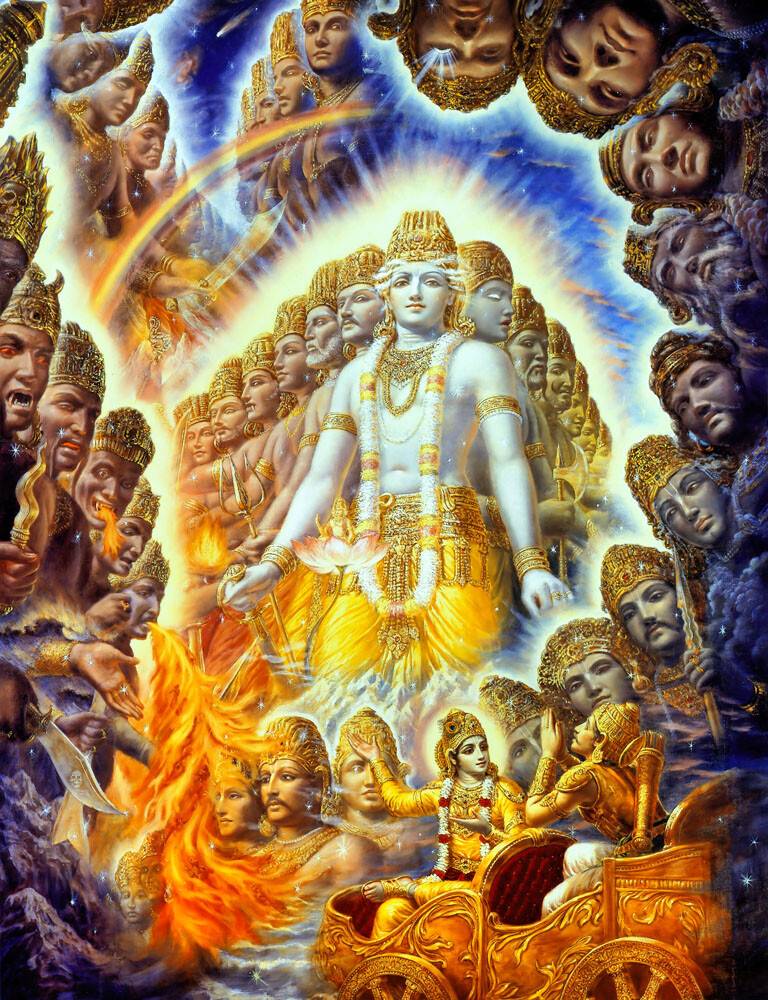The “red pill” and “blue pill” metaphor from The Matrix has become a cultural touchstone, symbolizing the choice between transformative truth and comfortable illusion. In the film, the protagonist, Neo, is offered a choice by Morpheus: take the blue pill, and remain in the artificial, simulated reality of the Matrix, unaware of its true nature; or take the red pill, and awaken to reality, with all its hardships and truths.
This concept parallels an individual’s spiritual journey, where the decision to “wake up” is both transformative and disorienting. The red pill represents the quest for enlightenment and truth, a journey marked by self-discovery and the shedding of illusions. On a spiritual path, this choice is akin to seeking deeper understanding of oneself and the universe, often involving profound personal transformation. It’s about questioning the nature of reality and pushing beyond the boundaries of conditioned perceptions. This can lead to a more authentic, albeit challenging, existence.
In contrast, the blue pill signifies the choice to remain in the known, where comfort and stability take precedence over truth and growth. This path reflects many spiritual teachings’ caution against attachment and aversion. While the blue pill offers the allure of security within established beliefs and routines, it limits potential for growth and understanding.
Choosing the “red pill” in a spiritual context may involve embracing new perspectives, challenging existing beliefs, and facing uncomfortable truths. Like Neo’s journey, it involves courage, as one might encounter obstacles and existential questions about identity, purpose, and connection to the collective consciousness. To those on a spiritual path, taking the red pill symbolizes the willingness to confront fears and embrace change as an integral part of personal evolution and spiritual awakening.
The choice between the red and blue pills ultimately reflects a fundamental decision in spirituality: to live in awareness and seek truth, despite uncertainty and difficulty, or to remain in the comfort of the familiar, often at the cost of deeper understanding and fulfillment. Thus, the metaphor offers rich ground for interpreting the spiritual journey’s dynamics, challenges, and rewards.
